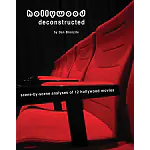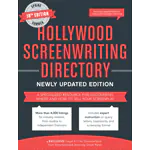Writing the Perfect Ending
Yep, they can make it – and they can break it! In one fell swoop you have to tie-up any loose ends and satisfy an audience’s expectation. Not an…
Creating Effective Scene Transitions
Sometimes as writers we get so caught up with developing the crucial elements of a screenplay such as character arcs, plot logic, theme, structure and snappy dialogue that we…



